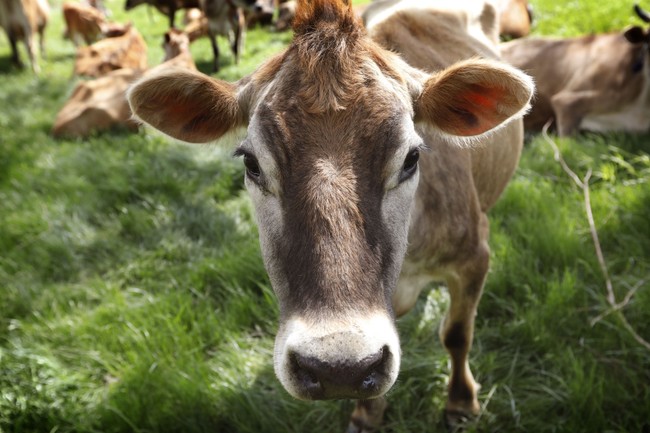
Dairy farming was a big part of the economy of Allamakee County, Iowa, when I was a kid. Lots of my local pals grew up on dairy farms, and I spent some of my summers working on those farms – not milking but walking beans and haying, mostly. But I developed a pretty good appreciation for how tied down a family is to a dairy farm. Those cows have to be milked, morning and afternoon, every day, no matter what.
You may as well be chained to that farm. But now, in this wonderful modern world we live in, you can have robots milk the cows for you, and it can be done when the cow chooses, and not dependent on the farmer’s schedule.
Picture this: A dairy barn full of cows being milked, fed and cleaned up after, but there’s no farmer in sight. Sounds a bit unusual, right? Well, it’s not as far-fetched as you might think. Thanks to cutting-edge agricultural robotics, this kind of scene is becoming more common. At this farm, a team of autonomous robots is taking care of all the essential chores, completely changing the way dairy farming works.
These robots aren’t just doing the heavy lifting; they’re creating a stress-free, comfortable environment for the cows while keeping things efficient and sustainable.
Stress-free and comfortable is good for the cows, not just from the animal welfare standpoint but from the production standpoint; there’s a good reason that one old dairy company bragged about their product coming from “contented cows.” And it turns out having the cows manage their own schedules works out pretty well, too.
In a dairy barn managed by robots, cows can choose to be milked whenever they like, which is often more frequent than the twice-a-day schedule in traditional farms. This increased frequency is more comfortable for the cows and can lead to roughly a 10% increase in milk production.
Lely, established in 1948 in the Netherlands, introduced its first Astronaut milking robot in the early 1990s. Since then, the company has developed various robotic systems that assist with cleaning, feeding and ensuring cow comfort. Today, Lely is focused entirely on robots for dairy farms, with approximately 135,000 units deployed worldwide.
Now, as a fellow from a long line of farmers, I think there are a few things many farmers would like to see roboticized.
See Also: WATCH: USDA Yanks Grant Intended to Educate ‘Queer, Trans and BIPOC’ Urban Farmers
New Agriculture Secretary Brooke Rollins Offers a Five-Pronged Strategy to Lower the Cost of Eggs
First: Feeding. This involves hauling around big, heavy hay bales and bags of feed, not to mention shoveling silage. Here, it seems like a humaniform robot – an android – would be in order, so it could use human tools like a shovel. This would spare farmers a fair amount of back pain.
Second: The other end of the process. The couple of times I’ve been approached about entering politics, my response has always been that I’d rather shovel manure; it is, at least, honest work, and it smells better. I have done this in my long and storied career, and with that in my background, I say with some confidence that many farmers would be happy to turn that task over to a robot.
There will always be some things that require a human touch. Example: When I was a little tad I once watched my Dad and my uncle deliver a breech calf, a messy process but one that probably only a human could do, at least with current technology. But if we can automate more of the backbreaking, time-consuming, and, yes, smelly aspects of farm lives, that would seem to be worth doing.
Help RedState continue to tell the truth about the Trump administration’s accomplishments as we continue to usher in the Golden Era of America. Join RedState’s VIP and use promo code FIGHT to get 60% off your membership today.

















